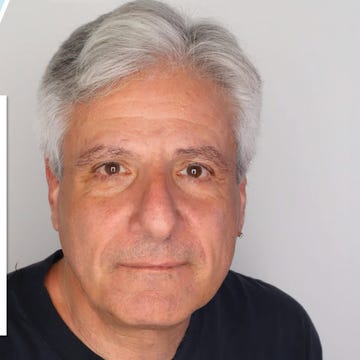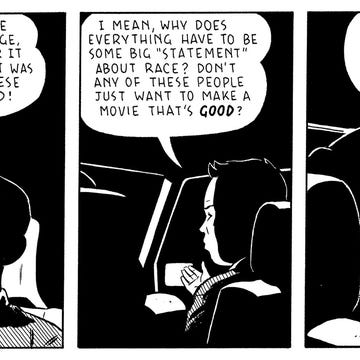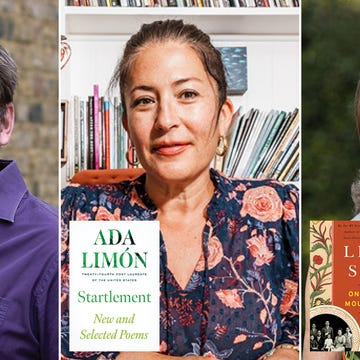Our November California Book Club pick, Bad Indians: A Tribal Memoir, by Deborah A. Miranda, opens with a prayer composed by Louise J. Miranda Ramirez, Ohlone–Costanoan Esselen Nation chairperson and sister of the book’s author. Within this prayer, Ramirez calls to the Ancestors, the Creator, the Grandfathers and Grandmothers, promising not to forget their stories and to raise the children of the nation to be conscious and aware of their past and the weight that comes with it.
Within the Ohlone–Costanoan Esselen Nation (the nation at the heart of this month’s book), permanence is a luxury. For the U.S. government to recognize a tribe and give it the benefits, such as protection of lands and property, that come with recognition, the tribe must meet certain requirements: one being continued presence. Inevitably, a nation that’s been rocked by settler colonialism and racism and forced to go into hiding and undergo mandatory religious conversion will run into hurdles trying to prove it was never gone, hiding only to survive.
Earlier in her lifetime, Ramirez was told to act and be Mexican—and not Indian—and was required to attend a weekly Catholic class. But now, Ramirez is dusting off the language, prayers, songs, and stories of her ancestors, bringing them back from the archives.
“We are still here,” Ramirez says every time her people’s ownership over land, burial plots, and artifacts is questioned—earlier this month she went to a meeting where an Esselen Nation burial plot ran the risk of becoming a housing development. Since taking over as tribal chairperson of a then-nine-member (now seven-member) council that has 600 registered members, she has devoted herself to piecing together the nation’s past and aiming for a more concrete future.
More than a decade ago, Ramirez started studying the Esselen Nation’s language in order to understand its past. She pored over notebooks from the 1900s and consulted expedition notes from the 1600s, reclaiming every word she could find. Once she had gathered together a sufficient number of words and letters, she contacted a linguist at UC Berkeley, who expressed shock at Ramirez’s request; he could not fathom that the nation still had anyone left, let alone that he would be teaching a member how to speak the language.
Once Ramirez learned to pronounce the x’s with the right emphasis and learned what sound the ch made, she felt a tingle of recognition: she could almost remember her great-grandmother speaking the words that included those sounds to her while she was growing up in Salinas. And not only was speaking the language a new way of remembering the past, but it was a way of communicating with her ancestors in their native tongue.
Because the language had lain dormant for so long, Ramirez was not only learning and transcribing it but also finding new words to fit the changing world. When she happened upon a word that had no direct translation, she would look at synonyms and related words, examining their etymology to find the core of what that word meant. Once satisfied, she would piece together the equivalent in Esselen, “not really creating language, just defining it a little bit better.”
She used the same approach with Esselen prayers—although they had a steeper learning curve. Apart from the information found in journals, Ramirez wanted to bring more prayers to the nation, especially now that the language was more readily available. Because of her years spent attending Catholic school, she started translating the Our Father and other Catholic prayers, until she thought to ask, Why? “Why? Look what they did. Why would we honor their words?”
When composing new prayers, Ramirez focused on what was needed from the prayer, what the intentions were. The prayer at the beginning of Bad Indians was written to evoke a specific feeling and get a unique message across. “Prayers are what you feel, and it doesn’t have to sound like a prayer,” she says.
Since becoming chairperson, Ramirez has attended conferences, launched a play, explored the possibility of documentaries, written an Esselen dictionary, found old songs and prayers, and created new songs and prayers. She continues to combat ignorance and racism on a daily basis.
Following a three-month wait, Ramirez presented the story of the Esselen Nation to the Monterey County Board of Education, after a trustee had said online, “You don’t belong here.” At a conference in Asilomar, a white woman asked Ramirez what the worst thing she had learned since she’d started piecing together her nation’s past. “That you still hate us” was Ramirez’s succinct reply. “And I’d say it over and over again,” she tells me.
Bad Indians recounts the story of this almost-forgotten nation. Using lyrics, newspaper clippings, family history, and even journals, Miranda delves into California Indian history to make sure the Ohlone–Costanoan Esselen Nation remains relevant and continues to offer benefits in the future. She remembers all the people who made it possible for Ramirez to perform the work she is doing right now—the ancestors who hid away their past, thinking only of securing their children’s future.
“You realize how hard it was for them,” says Ramirez. “Because we fight with words; they fought with their lives.”
As you read this month’s CBC selection, bear in mind the great effort that took place—and continues to take place—to keep this nation alive. “Without stories, we can’t bring it back,” says Ramirez. Her email inbox is full of requests to conserve sacred places for the nation, outreach to obtain her people’s artifacts, and queries to be recognized by the government. “We want the stories to be out there, people to know.… You need to know us.”•
Join us on November 16 at 5 p.m., when Miranda will appear in conversation with a special guest and California Book Club host John Freeman to discuss Bad Indians. Register for the Zoom conversation here.
EXCERPT
Read an opening passage from Deborah A. Miranda’s Bad Indians: A Tribal Memoir. —Alta
EVENT RECAP
If you missed the CBC event with Jennifer Egan, you can watch a video or read a recap. —Alta
PROSTHETIC FOR CONNECTION
CBC host John Freeman writes about the memory technologies described in The Candy House and their devastating consequences for characters’ inner lives. —Alta
BURN NOTICE
Author Edan Lepucki reviews Daniel Gumbiner’s novel Fire in the Canyon, which “ponders the personal cost of climate change.” —Alta
READING RAINBOW
LeVar Burton has agreed to host the 74th National Book Awards ceremony, taking the place of Drew Barrymore. CBC selection panelist Paul Yamazaki will receive a Literarian Award from the foundation. —New York Times
LOCAL FLAVOR
Check out this fantastic map of independent bookstores in Texas. —Texas Monthly
Alta’s California Book Club email newsletter is published weekly. Sign up for free and you also will receive four custom-designed bookplates.



















